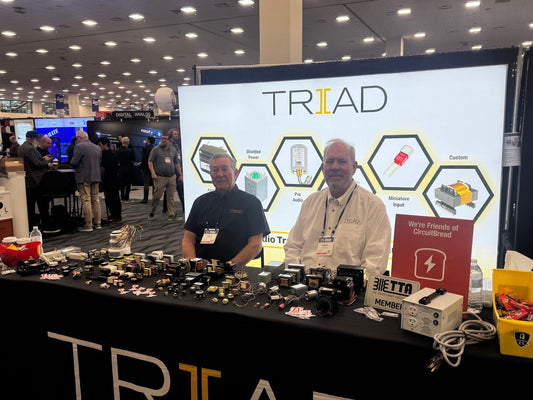Hardware is getting smaller and smaller. The original computers were the size of small auditoriums, while today, they can fit on the head of a pin.
This miniaturization has worked its way to high-end audio electronics as well. When we first started PS Audio, the passive components we built our kit out of were components I could hold between my fingers and see well enough to solder them. Today, I can do neither, which is why, on a tour of our facility, you see microscopes and magnifying hoods gracing the work benches.
Here's an example.

The "through hole" part is what I am used to while the "surface mount" (SMT) is what we now use.
More than a few times, I have heard moaning and groaning from a few of my fellow manufacturers about the loss of sonic quality because of this size reduction. I have not found that to be true. In fact, quite the opposite.
Bigger isn't always better. Looking at the through-hole resistor, you see two pieces of wire attached at each end of the part's body. Inside and welded to each wire is the actual resistive element. That bonding process has always been problematic because of the junction between wire and element, essentially gone with SMT parts. We can order SMT metal films, carbon films, diodes, transistors, semiconductors, or whatever our little hearts desire, and all sound better than their through-hole counterparts.
The one hitch in the git-along is capacitors. SMT caps are better than their through-hole counterparts in high frequency and snubbing tasks, but when it comes to the power supply and the occasional audio path, we switch back to good old through-hole parts.
Interesting. Right?









